Lockheed Aircraft Lockheed P-3C Orion
| Role | Maritime patrol aircraft |
|---|---|
| National origin | United States |
| Manufacturer | Lockheed Lockheed Martin Kawasaki Aerospace Company |
| First flight | November 1959 |
| Introduction | August 1962 |
| Status | Active |
| Primary users | United States Navy Royal New Zealand Air Force Japan Maritime Self-Defense Force Royal Australian Air Force |
| Produced | 1961–1990 |
| Number built | Lockheed – 650, Kawasaki – 107, Total – 757 |
| Developed from | Lockheed L-188 Electra |
| Variants | Lockheed AP-3C Orion Lockheed CP-140 Aurora Lockheed EP-3 Lockheed WP-3D Orion |
| Developed into | Lockheed P-7 |
.
History Lockheed Aircraft Company
Lockheed P-3C Orion
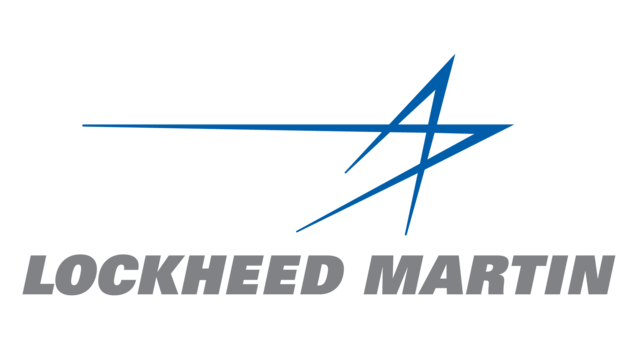
Over the years, the P-3 has seen numerous design developments, most notably in its electronics packages. Numerous navies and air forces around the world continue to use the type primarily for maritime patrol, reconnaissance, anti-surface warfare and anti-submarine warfare. A total of 757 P-3s have been built. In 2012, it joined the handful of military aircraft including the Boeing B-52 Stratofortress, Boeing KC-135 Stratotanker, Lockheed C-130 Hercules and the Lockheed U-2 that the United States military has been using for more than 50 years. In the twenty-first century, the turbofan-powered Boeing P-8 Poseidon began to supplement, and will eventually replace, the U.S. Navy's P-3s.
The Lockheed P-3 Orion is a four-engined, turboprop anti-submarine and maritime surveillance aircraft developed for the United States Navy and introduced in the 1960s. Lockheed based it on the L-188 Electra commercial airliner; it is easily distinguished from the Electra by its distinctive tail stinger or "MAD" boom, used for the magnetic anomaly detection (MAD) of submarines..
Operational history
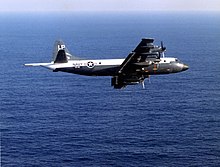
Design

0
KmCeiling
0
KmRange
0
km/hAircraft Speed
0
Max Crew
Photo Gallery
Lockheed Aircraft Company
Lockheed P-3C Orion


Lockheed Aircraft Company
Lockheed P-3C Orion
General characteristics
-
- Crew: 11
- Length: 116 ft 10 in (35.61 m)
- Wingspan: 99 ft 8 in (30.38 m)
- Height: 33 ft 8.5 in (10.274 m)
- Wing area: (120.77 m2)
Powerplant
-
- Empty weight: (27,892 kg)
- Zero-fuel weight: (35,017 kg)
- Max takeoff weight: 135,000 lb (61,235 kg) MTOW normal
-
-
-
- 142,000 lb (64,410 kg) maximum permissible
-
-
- Maximum landing weight: (MLW) 103,880 lb (47,119 kg)
- Fuel capacity: 9,200 US gal (7,700 imp gal; 35,000 L) usable fuel in 5 wing and fuselage tanks ; (62,500 lb (28,350 kg) maximum fuel weight) ; 111 US gal (92 imp gal; 420 L) usable oil in 4 tanks
- Powerplant: 4 × Allison T56-A-14 turboprop engines, 4,910 shp (3,660 kW) each (equivalent)
Specifications
-
- Maximum speed: 411 kn (473 mph, 761 km/h) at 15,000 ft (4,572 m) and (47,627 kg)
- Cruise speed: 328 kn (377 mph, 607 km/h) at 25,000 ft (7,620 m) and 110,000 lb (49,895 kg)
- Patrol speed: 206 kn (237 mph; 382 km/h) at 1,500 ft (457 m) and 110,000 lb (49,895 kg)
-
-
-
- (129 mph; 207 km/h) flaps down
-
-
- Combat range: 1,345 nmi (1,548 mi, 2,491 km) (3 hours on station at 1,500 ft (457 m))
- Endurance: 17 hours 12 minutes at 15,000 ft (4,572 m) on two engines
-
-
-
- 12 hours 20 minutes at 15,000 ft (4,572 m) on four engines
-
-
- Service ceiling: (8,600 m)
Performance
- Hardpoints: 10 wing stations in total (3x on each wing and 2x on each wing root) and eight internal bomb bay stations with a capacity of 20,000 lb (9,100 kg, with provisions
-
Links to Youtube & Others
More than 40 P-3 variants have demonstrated the type's rugged reliability, commonly flying 12-hour plus missions 200 ft (61 m) over water.
Lockheed Aircraft
Lockheed P-3C Orion
The U.S. Navy remains the largest P-3 operator, currently distributed between a single fleet.
Youtube Link
The Lockheed Martin P-3 Orion has set the global standard for the Maritime Patrol and Reconnaissance Missions
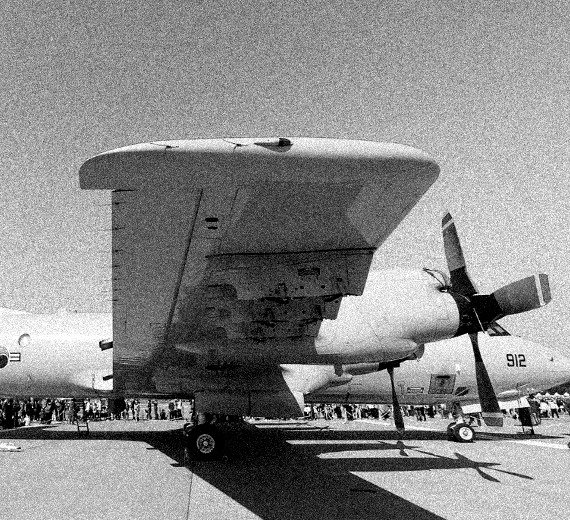

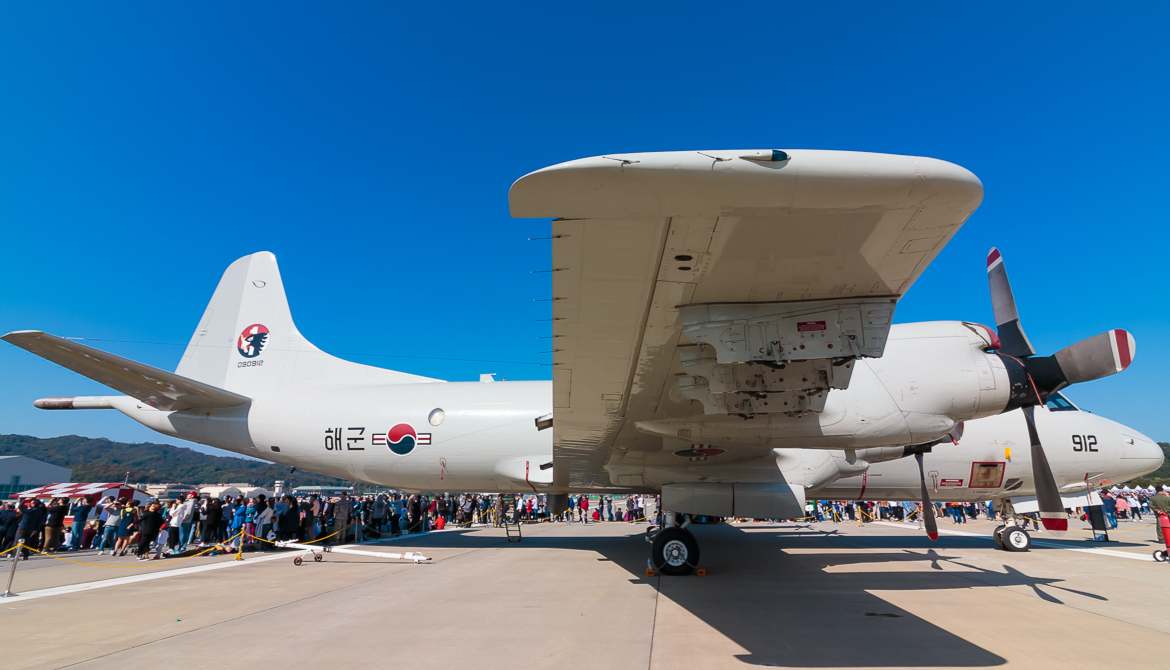
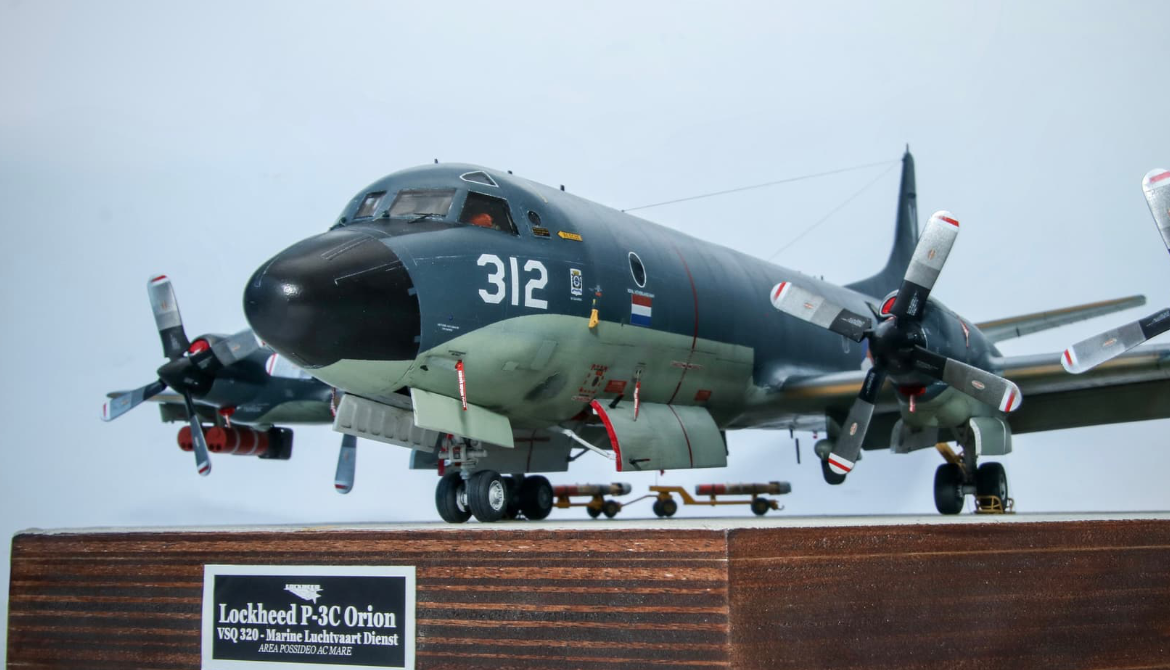
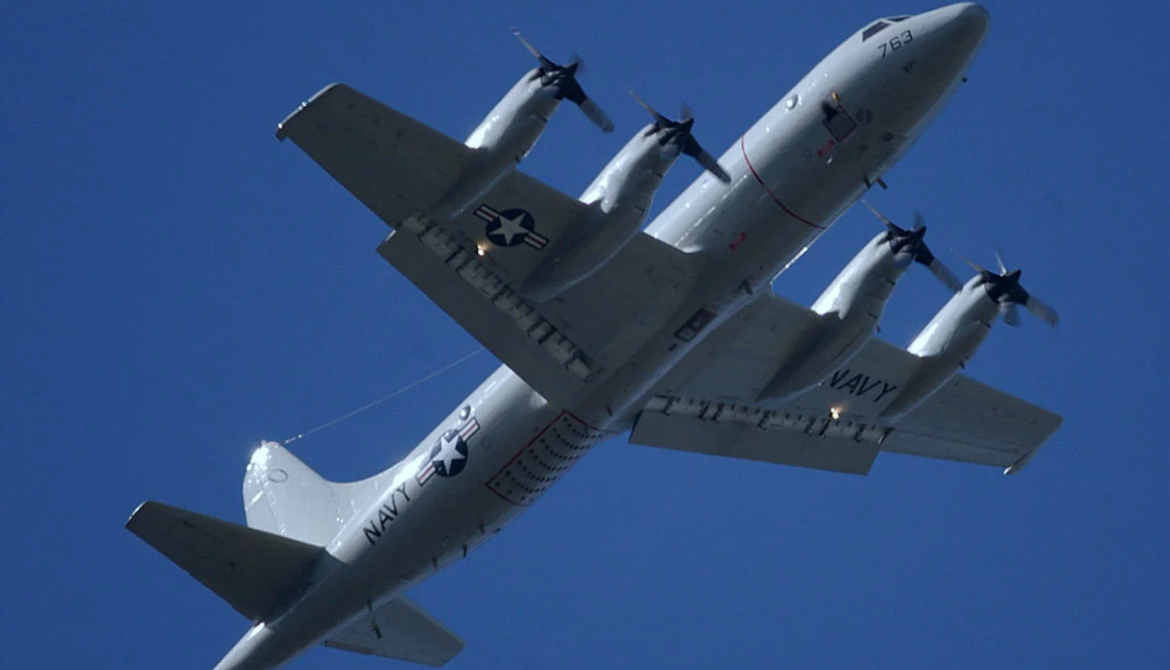
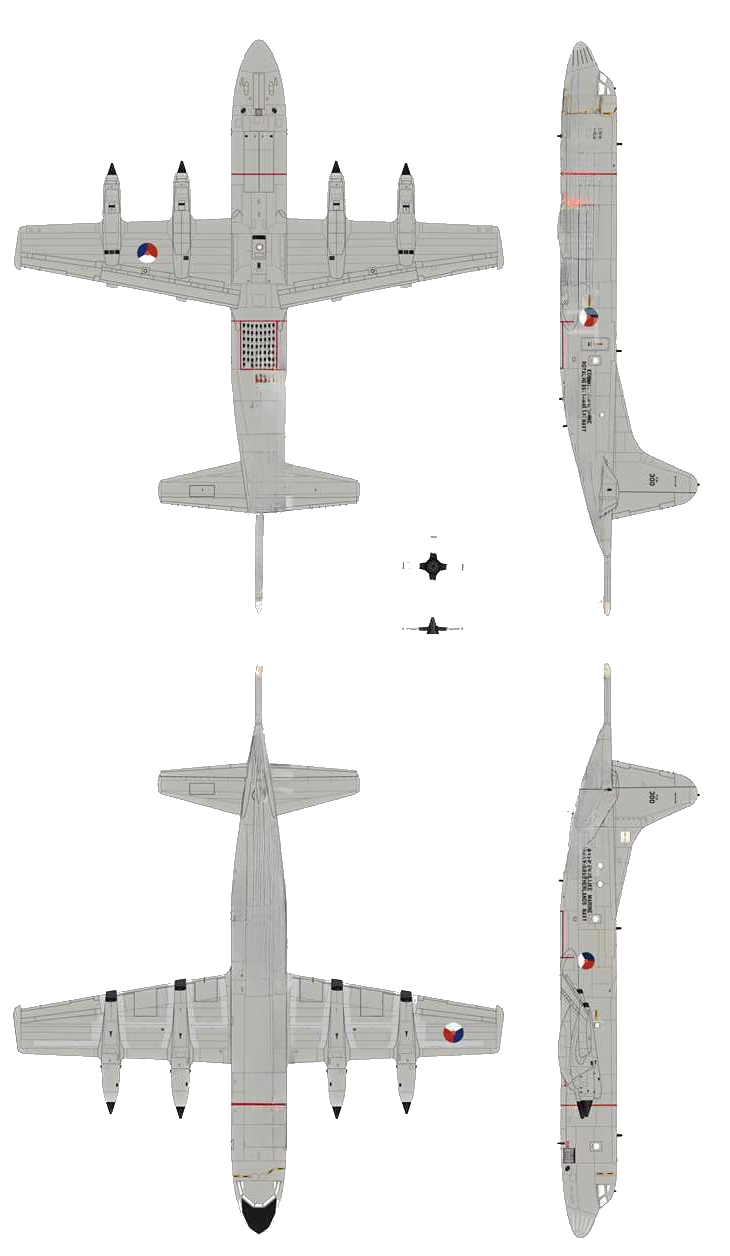

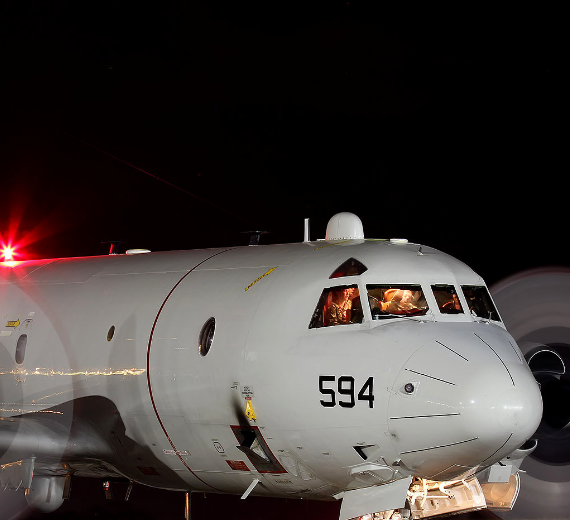
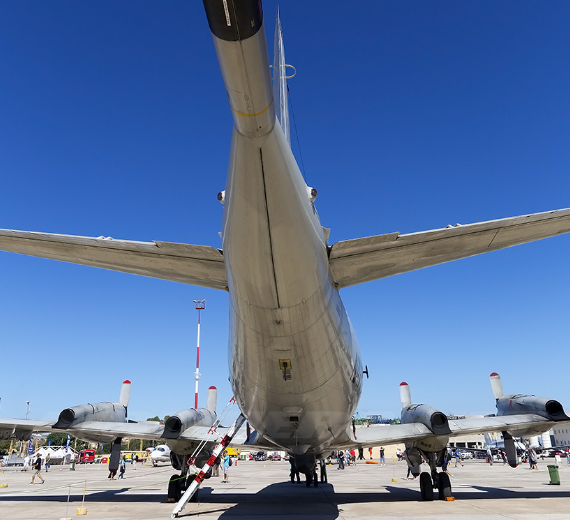


.png)

.png)
